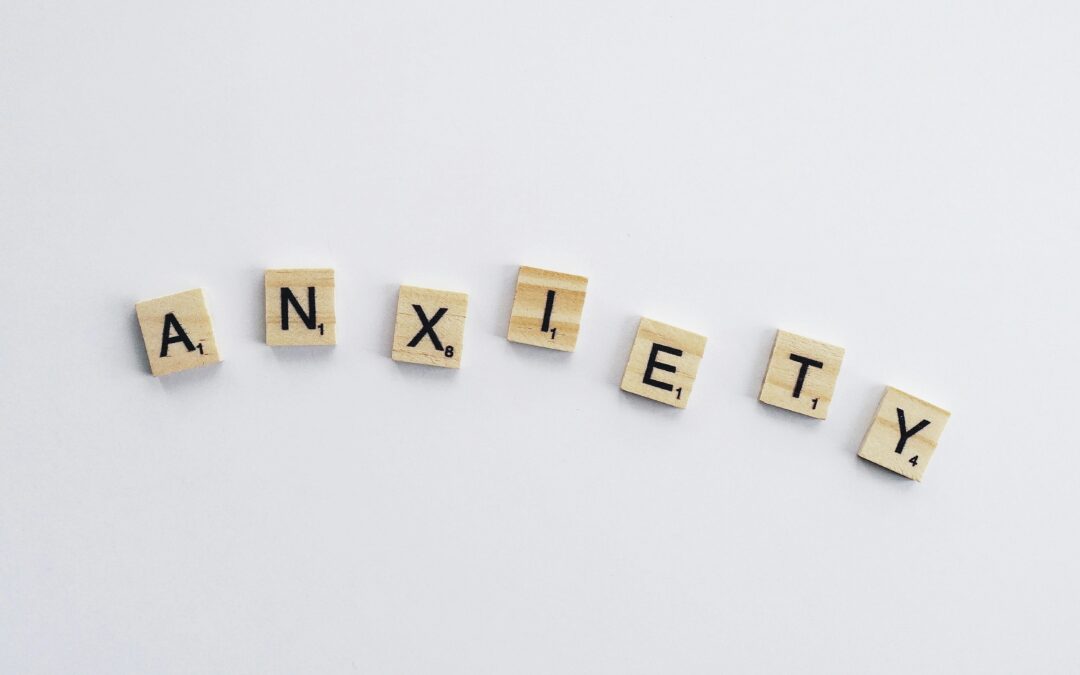Anxiety is common and normal. It’s your body’s natural response to something new or weird. It can be protective when you need to avoid danger or helpful when you need to focus. However, when anxiety begins to interfere with your child’s daily activities such as sleeping alone, playing outside, or attending school, it may require additional support.
Recognizing the Signs
It’s important to be aware of the signs that indicate anxiety may be becoming problematic for your child or teen. These signs include:
- Difficulty concentrating or sitting still
- Avoidance behaviors
- Sleep disturbances, such as difficulty falling or staying asleep
- Changes in appetite
- Irritability and anger outbursts
- Constant worry or negative thoughts
- Feeling tense, fidgety, or using the bathroom frequently
- Crying often
- Clinginess, particularly in younger children
- Physical symptoms like shaking or complaints of stomach aches
- Overplanning and defiance
Types of Anxiety Disorders
Anxiety disorders come in various forms in children and teens. Some common types include:
- Generalized Anxiety Disorder (GAD): Children with GAD are worried about everyday circumstances and have a hard time controlling that worry.
- Separation Anxiety Disorder: Children with separation anxiety are afraid of being separated from home or their attachment figures. This can be normal in certain ages but becomes a problem when a child should have progressed past this stage in their development.
- PTSD/Acute Stress Disorder: This occurs when a child reexperiences the physical stress symptoms, avoidance or negative mood related to a traumatic event. Acute stress disorder is diagnosed within 30 days post-event, while PTSD occurs beyond that timeframe.
- Panic Disorder: Frequent, unexpected panic attacks characterized by a sudden wave of fear or discomfort or a sense of losing control even when there is no clear danger or trigger. Not everyone who experiences a panic attack will develop panic disorder.
- Social Anxiety Disorder: Children with this disorder fear embarrassment, judgment, or making mistakes in social situations.
- Specific Phobias: For example, storms, natural disasters, animals/insects, tight spaces, heights, the dark, etc.
- Obsessive-Compulsive Disorders (OCD): OCD comprises intrusive thoughts (obsessions) and repetitive behaviors (compulsions) aimed at reducing anxiety. For example, a contamination obsession that is relieved by frequent handwashing.
Intervention Options
The good news is that anxiety is treatable, and there are various intervention strategies available.
Parenting Strategies:
- Building a strong bond with your child, praising brave behavior, and teaching positive self-talk can help them manage anxious thoughts.
- Develop a strong connection with your child with one-on-one time every day so that they feel safe to open up about what is worrying them. It is important to validate their feelings and experiences. For example, if a child says “I don’t know” to your questions it may actually mean that they are worried you aren’t going to take their answers seriously or will think their concerns aren’t valid. Next time you get an “I don’t know” you can ask, “If you did know, would you feel comfortable sharing with me? Would you feel comfortable being honest?” Then just be silent. Silence is golden in parent-child communication. It’s amazing what you can learn if you’ll just wait for it!
- Praise and reward brave behavior. Challenging fearful thoughts and practicing facing the thing they are afraid of takes away its power.
- Teach them to use positive self-talk. For example, “I can try this” instead of “I can’t do this”.
- Practice relaxing the body and calming the physical symptoms of high anxiety (increased heart and breathing rates) with breathing exercises like box or square breathing. See this YouTube video to learn how you and your child can practice this technique.
- Teach and practice the healthy habits that support mood like staying physically active, eating a balanced diet, and getting adequate sleep.
Medications:
In some cases, medications like SSRIs (serotonin reuptake inhibitors) may be prescribed to alleviate anxiety symptoms. Most pediatricians are comfortable prescribing and managing these medications. If you and your doctor have decided that your child may benefit from a medication, Mentallus can help you know when that medication is working properly and what side effects to expect or be concerned about.
Psychotherapy:
Cognitive-Behavioral Therapy (CBT) is highly effective in treating anxiety disorders in children and teens. A skilled therapist can help them challenge negative thought patterns and develop healthier coping mechanisms.
Anxiety in children and teens is a common concern, but with the right support and intervention, it can be effectively managed. By recognizing the signs, understanding the different types of anxiety disorders, and implementing appropriate interventions, you can successfully help your child navigate through their anxious feelings.
Who is Mentallus?
Mentallus is a leader in creating pathways for parents with children struggling with behavioral or mental health issues. Our mission is simple yet profound: to empower parents with the tools and resources they need to confidently navigate their children’s mental health journeys. We want you to feel supported, heard, and equipped to face whatever comes your way.
Have questions or are looking for more tips? Let’s chat! We offer FREE consultations that you can schedule below.

